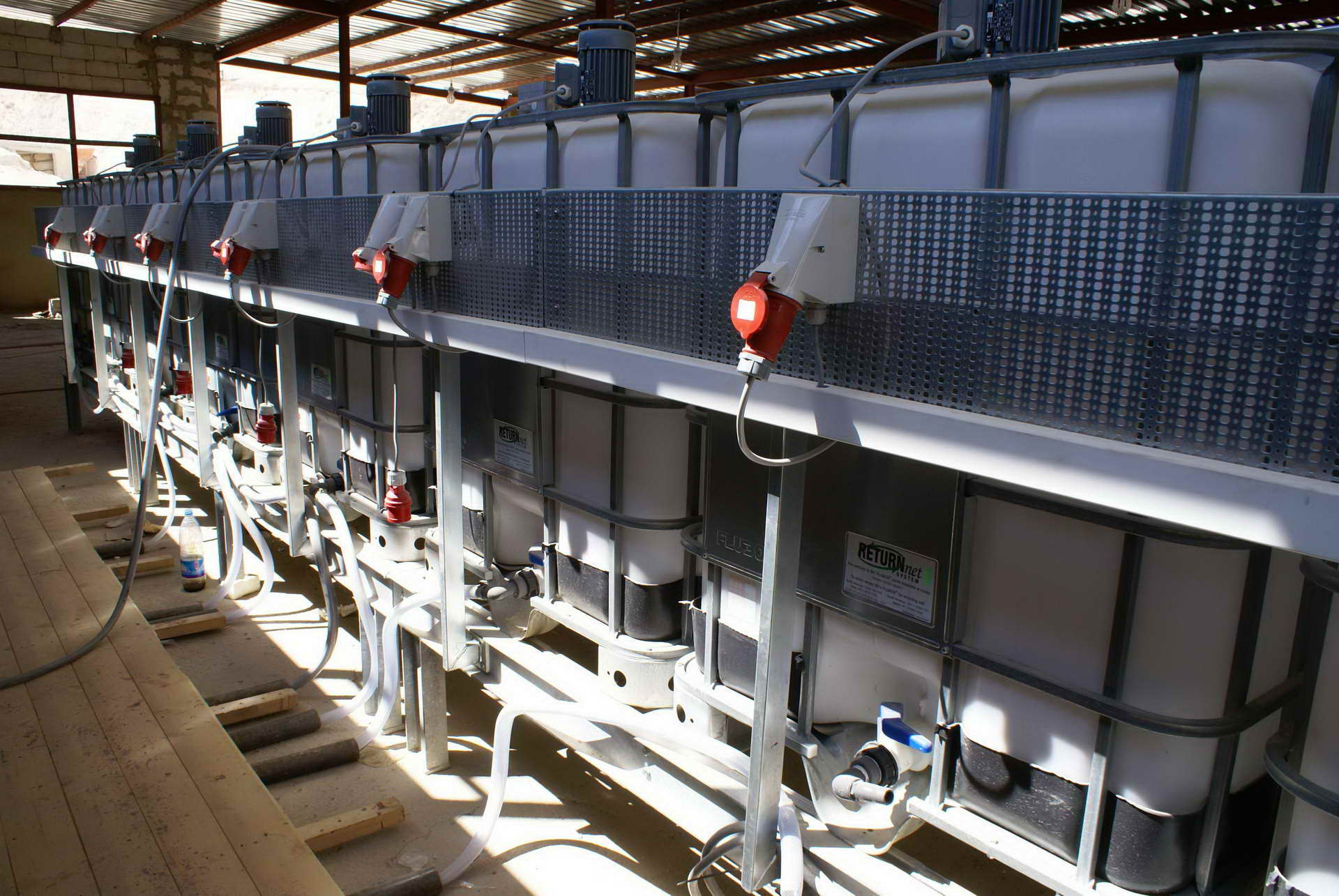Producing Bitumen Polymer

Polymer modified asphalts have been used in the asphalt paving industry for over 60 years. However, the birth of the PG system for grading asphalts provided new impetus for increased product development and usage of polymer modified asphalts. Adding polymers to asphalt generally increases the high temperature grade of the asphalt binder. However, depending on the type of polymer, the low temperature grade may increase or decrease. Polymer modified asphalts may improve resistance to permanent deformation, thermal cracking, fatigue cracking, and moisture damage. Many specifying agencies are now requiring asphalts with performance grades where polymer moproducing bitumendification is required. As a rule of thumb, performance grades with a numeric difference of greater than 92 require polymer modified asphalts. For example, the numeric difference for a PG 72-28 is 100. The asphalt cements meeting this grade are likely to be polymer modified. Polymers used in asphalt may be classified by their physical properties. Based on their response to stretching with some force, they may be classified as plastomers or elastomers. Plastomers yield and remain stretched after the force is released. Elastomers return to their original shape when released. Most polyolefins, such as polyethylene, polypropylene, and ethylene vinyl acetate (EVA), are considered plastomers. Styrene – butadiene rubber (SBR) and styrene – butadiene – styrene (SBS) are categorized as elastomers.
